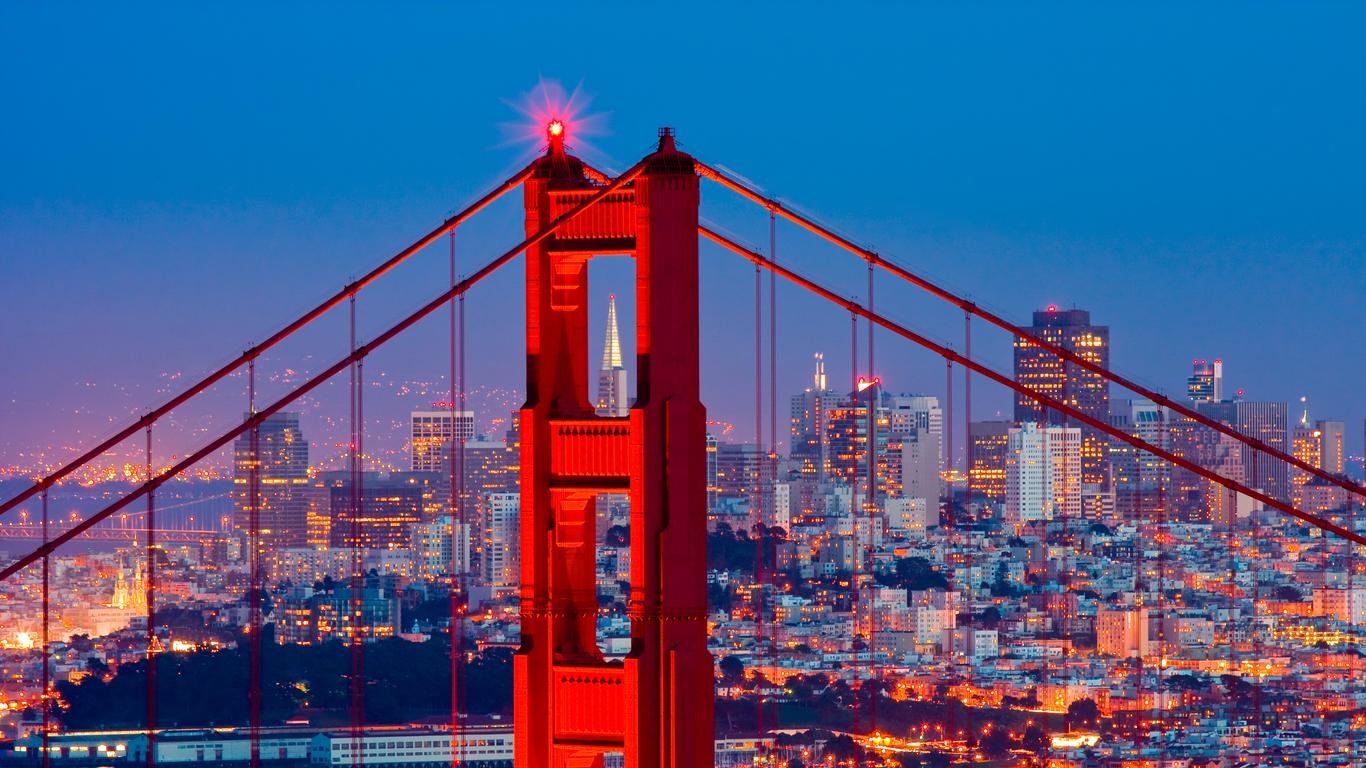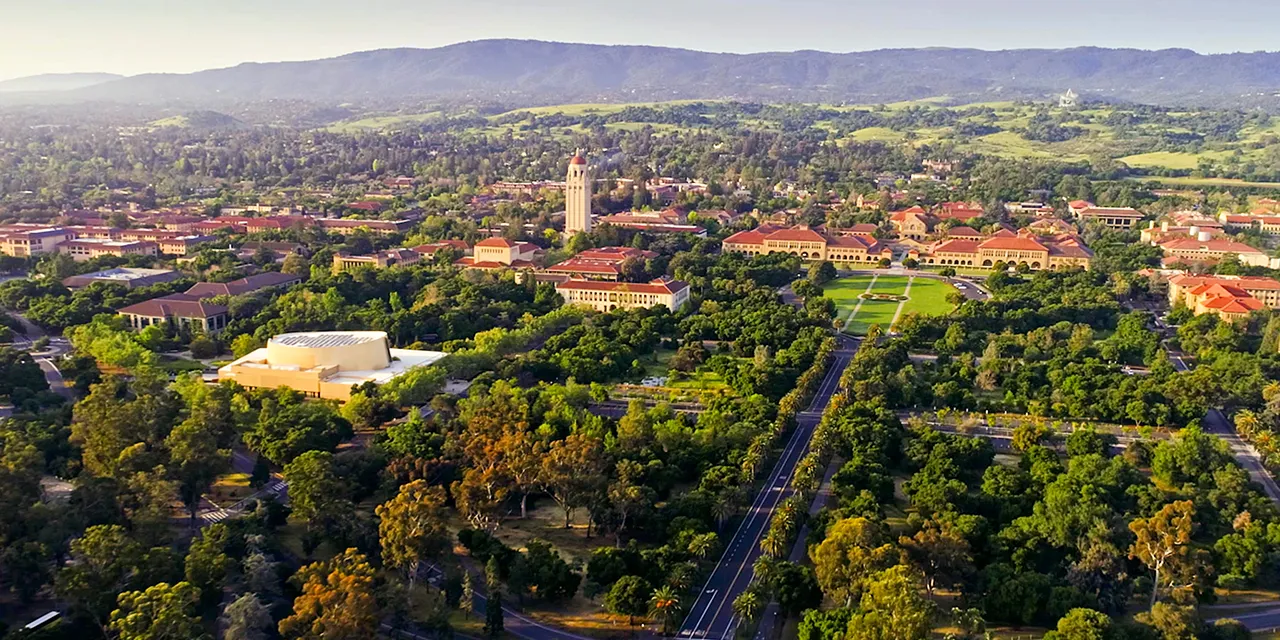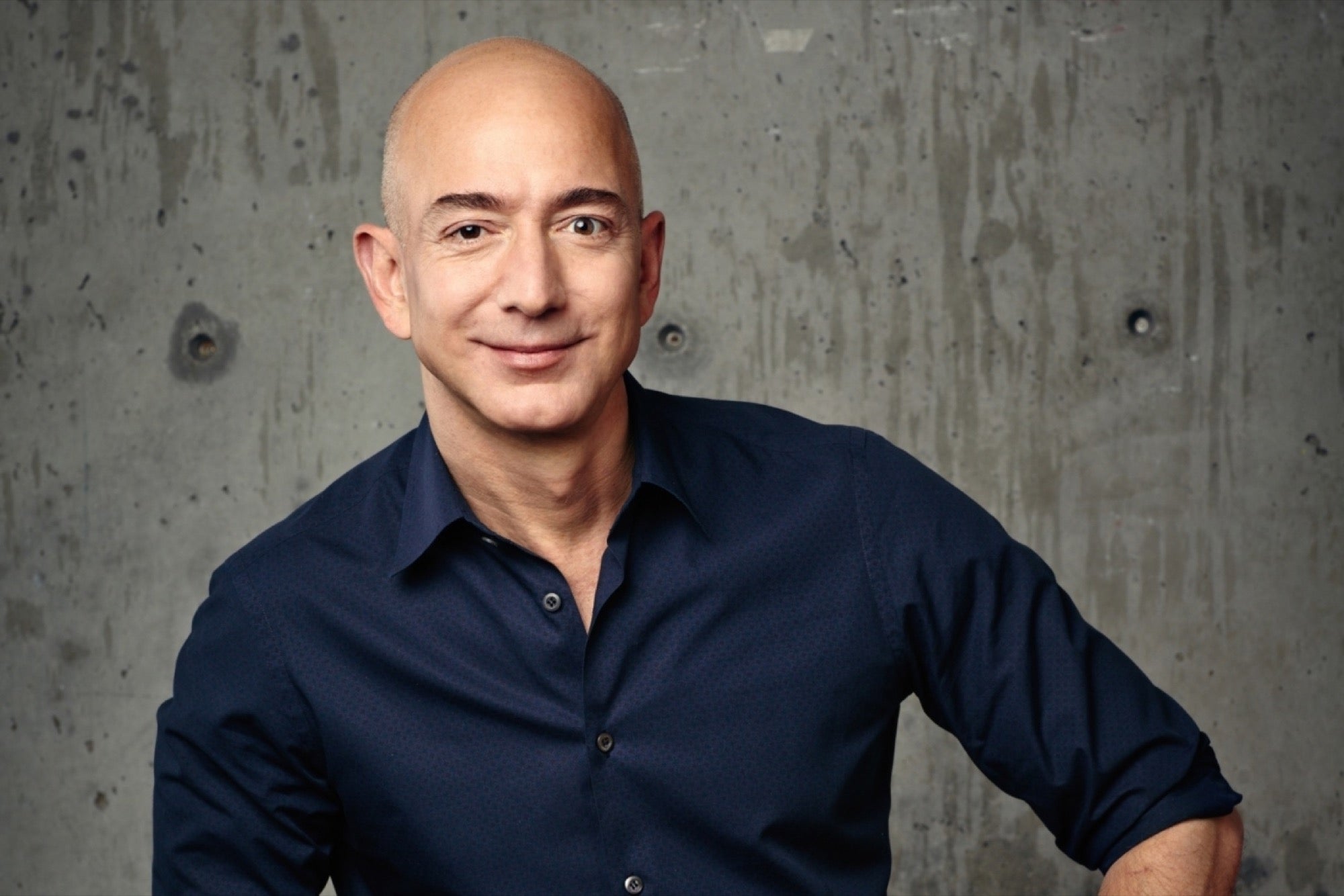
San Francisco is experiencing a profound resurgence, fundamentally transforming its urban landscape and economic trajectory. Once shadowed by the pandemic’s lingering effects and a perceived flight of tech talent, the city is now pulsating with an unprecedented influx of venture capital and, crucially, a new generation of ambitious entrepreneurs. This wave of innovators, many barely out of their teens or early twenties, is not just participating in the artificial intelligence boom; they are its architects, reshaping the future from San Francisco’s dynamic neighborhoods.
This shift marks a pivotal moment for San Francisco, signaling its emergence as the undisputed epicenter of artificial intelligence, a mere 30 miles north of where established tech giants like Meta and Google traditionally held sway. The financial indicators of this transformation are striking and illustrate the magnitude of capital flowing into the city’s AI ecosystem. In 2012, during the era of Facebook’s public offering, San Francisco-based companies garnered approximately $4.9 billion in venture capital funding.
Fast forward to last year, and that figure soared to nearly $35 billion, according to data compiled by the Silicon Valley Institute for Regional Studies. This robust growth has only accelerated, with San Francisco-based AI startups raising over $50 billion in the first half of 2025 alone, a testament to breakthroughs in generative models and quantum integration. Furthermore, AI and machine learning startups across the Bay Area collectively raised an astounding $74.6 billion in the first half of this year, more than tripling the amount from the first half of the preceding year.

The visible signs of this revitalized economic activity are pervasive across the city. Rents, once stagnant, are now climbing steadily upwards, reflecting heightened demand for housing. City buses, previously sparse, are routinely filling back up, indicating a return to bustling commutes. Perhaps most tellingly, the demographic profile of San Francisco is visibly skewing younger, a direct consequence of the magnet-like pull of its burgeoning AI industry.
There is one overwhelmingly obvious reason for this migration of the tech industry’s conceptual ground zero from Silicon Valley to San Francisco: OpenAI. The company responsible for the ChatGPT chatbot, which ignited the widespread artificial intelligence craze, maintains its offices within a district that tech insiders have affectionately dubbed the “Arena.” This strategic location has proven instrumental in drawing talent and investment northward.
Adding to this concentrated hub of innovation, Anthropic, a prominent rival AI startup founded by researchers who previously worked at OpenAI, has also established its presence in San Francisco. Moreover, many of the seasoned Silicon Valley investors who historically channeled their capital into startups have made the decisive move up the highway, relocating into the city itself. This convergence of pioneering companies and influential capital has solidified San Francisco’s position.

San Francisco city officials, who grappled with the significant challenges posed by emptied offices and the temporary departure of companies during the pandemic, have largely embraced these newcomers. Despite past warnings, which were often overstated, about the city being “on the ropes,” there is a pervasive sense that San Francisco is now prepared to overcome its pandemic-era difficulties, even as persistent housing and drug problems remain.
This optimistic outlook is significantly driven by the city’s leadership, including its new mayor, Daniel Lurie. He articulated the palpable shift in sentiment, stating, “The energy has come back in a powerful way.” Mayor Lurie underscored the urgency felt by entrepreneurs, observing, “Entrepreneurs are saying they have to be in San Francisco or they’re going to miss the [AI] boat.”

The traditional landscape of tech entrepreneurship, once centered in the quiet, focused environment of Palo Alto, has fundamentally shifted. Steven Pham, who serves as the head of media for Y Combinator, the renowned Bay Area startup incubator, articulated this change succinctly. He noted, “It used to be that you built your company in Palo Alto. Investors loved it because there were no distractions.”
However, the prevailing sentiment among today’s founders has inverted this preference. Pham continued, “Now all the founders want to live in the city. It’s where their friends are. It’s where the action is.” This preference for a vibrant urban environment, replete with social connections and dynamic activity, is a defining characteristic of the current AI boom.

This new generation of startup founders, many of whom are 20-somethings, is distinctly replacing an older cohort that had departed San Francisco during the pandemic. Their presence is infusing a vibrant, youthful élan into the artificial intelligence frenzy, a sector previously dominated by long-established tech giants like Google and Nvidia, alongside decade-old startups such as OpenAI.
The young intellects spearheading this AI boom exhibit a notable lack of false modesty, embracing their roles as disruptive forces. One central neighborhood, Hayes Valley, located just a few blocks from the distinguished gilded dome of City Hall, has been colloquially dubbed “Cerebral Valley” by tech insiders. This moniker reflects its new identity as a magnet for AI developers and aspiring founders, who, much to the surprise of some longtime residents, have chosen to establish their homes here.
Hayes Valley began its gentrification process following the replacement of an old highway offramp with a modern boulevard and a park. This green space now frequently showcases artwork from Burning Man, providing a backdrop for discussions ranging from artificial general intelligence, or A.G.I., to the intricacies of venture funding. The neighborhood presents a compelling architectural contrast, blending historic Victorians with new high-rises.

This diverse urban fabric also encompasses blocks of low-income housing, alongside trendy establishments offering $10 scoops of ice cream and boutiques with names such as Fig & Thistle and Brass Tacks. A distinct feature of this burgeoning tech hub is the transformation of some of the neighborhood’s colorful houses into “hacker houses.” These communal living arrangements enable startup employees to collaborate intensively during the day and host social gatherings by night.
While rumors of polyamorous living arrangements occasionally surface regarding these group homes, there is little ambiguity that the primary focus remains singularly on artificial intelligence. The residents are deeply immersed in building A.I., endeavoring to improve the world through A.I., and paradoxically, contemplating how to safeguard the world from the very A.I. they are creating.
Distinctly different from the more exclusive, swankier tech gatherings characteristic of Silicon Valley, Hayes Valley parties are notably fueled by venture capital money. This funding directly flows through the alcohol section of the nearby Trader Joe’s, reflecting a more accessible and unpretentious social scene. Rene Turcios, a veteran attendee of the city’s hackathon circuit, vividly characterized the attendees, remarking, “It’s clusters of the poorest-dressed millionaires around.”

For those seeking investment opportunities, San Francisco’s answer to New York City’s West Village can be found in the Marina. This remarkably picturesque bayside neighborhood is characterized by its dense concentration of espresso martinis and Lululemon athletic wear, reflecting a chic and active lifestyle. Prominent figures like OpenAI’s chief executive, Sam Altman, reside a mere mile away in a $27 million mansion, while other tech billionaires, including David Sacks, President Trump’s A.I. czar, occupy grand mansions nestled on the steep hills overlooking the area.
This gleaming district, historically the domain of Greek-life alumni and individuals noted for their immaculate appearance, is now experiencing an influx of the city’s young engineers and programmers. They are actively seeking to establish their presence within this vibrant community. Founders Inc., for instance, operates an expansive 42,000-square-foot facility within this area, boasting waterfront views of the iconic Golden Gate Bridge.
This facility serves as a crucial incubator, collaborating with tech startups that aim to launch across a diverse range of fields, including artificial intelligence. Its floors hum with activity, populated by engineers engaged in building robots, communal dining spaces, individuals immersed in video games, and budding entrepreneurs exchanging investment advice. The space has rapidly evolved into a premier hotspot for young entrepreneurs to effectively network and forge connections.




